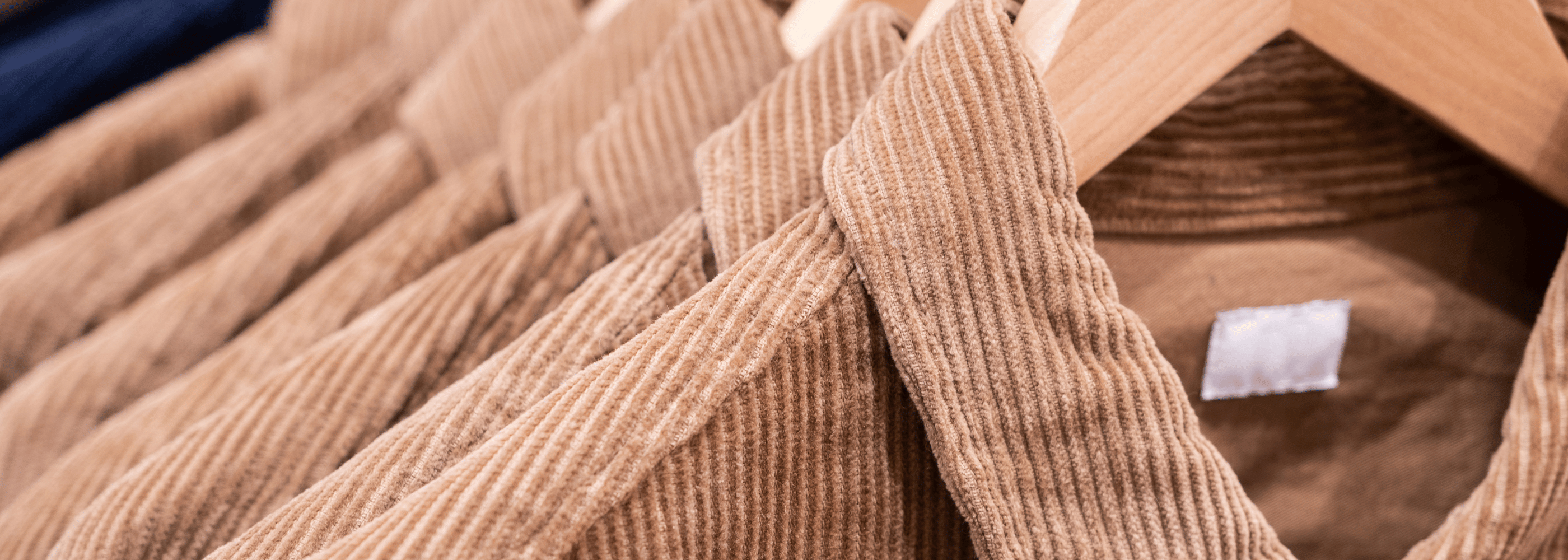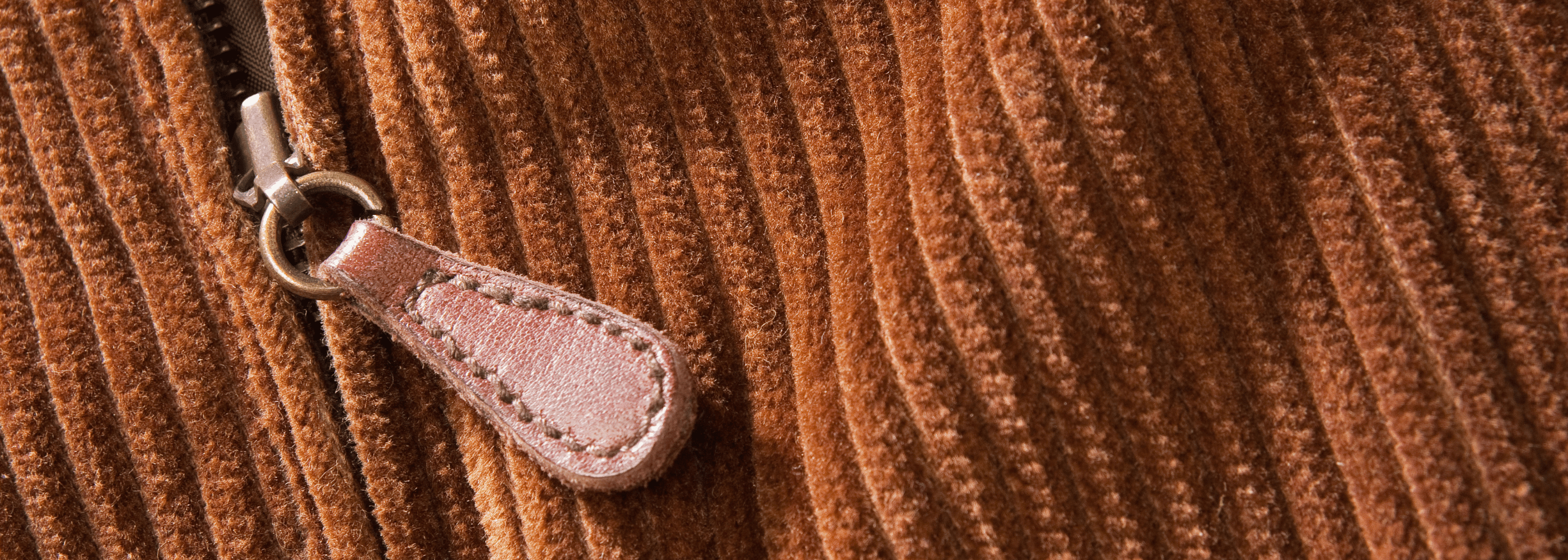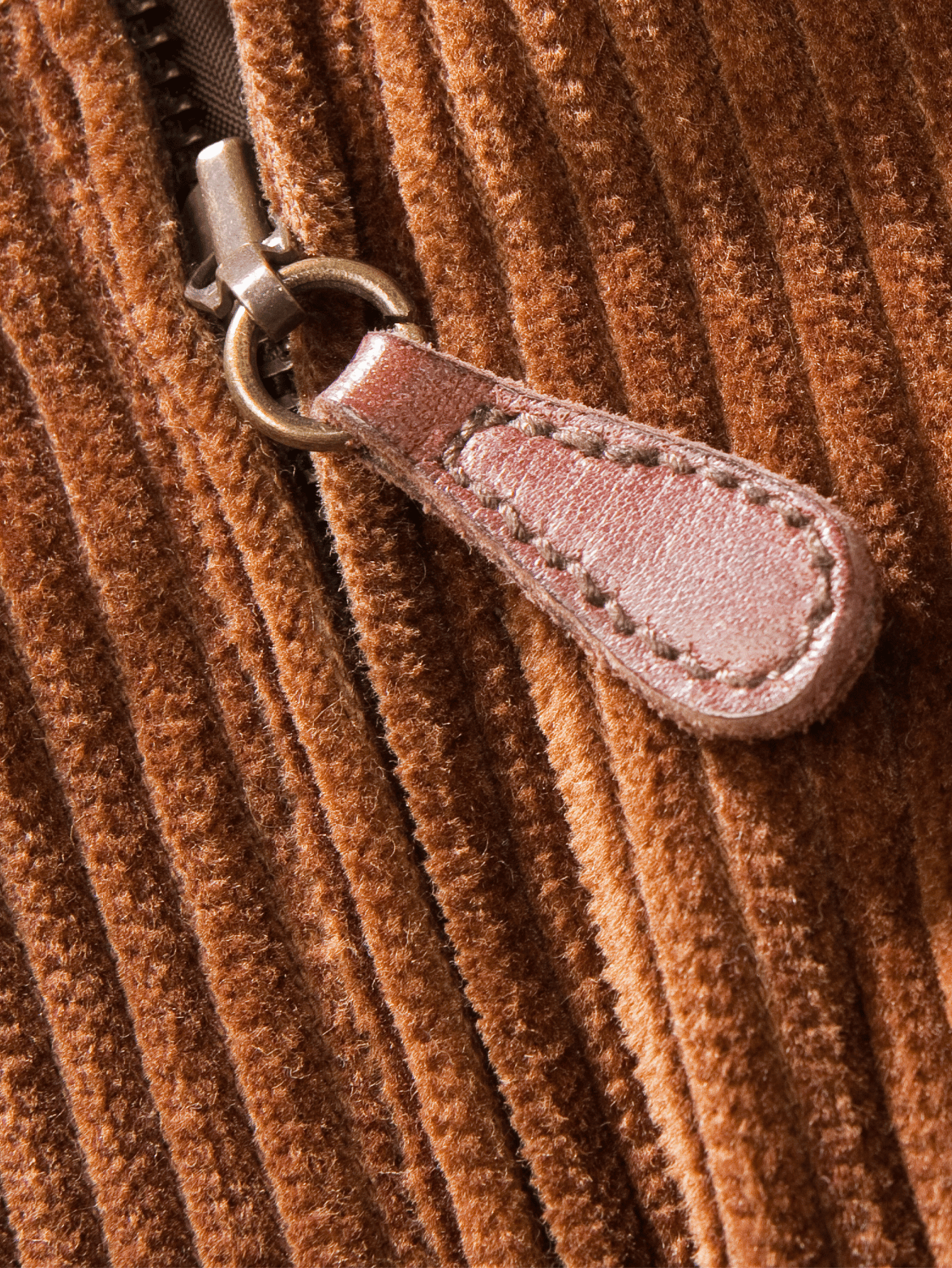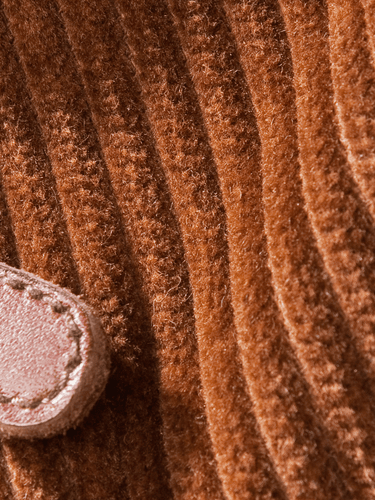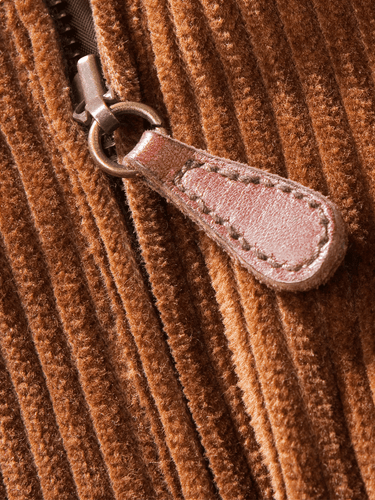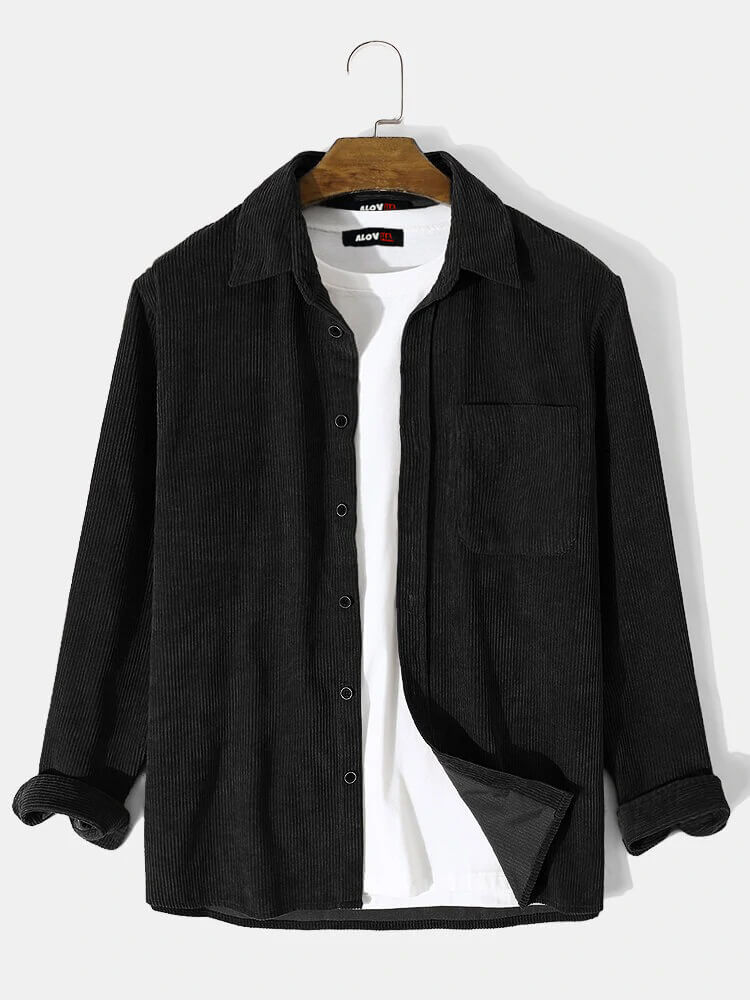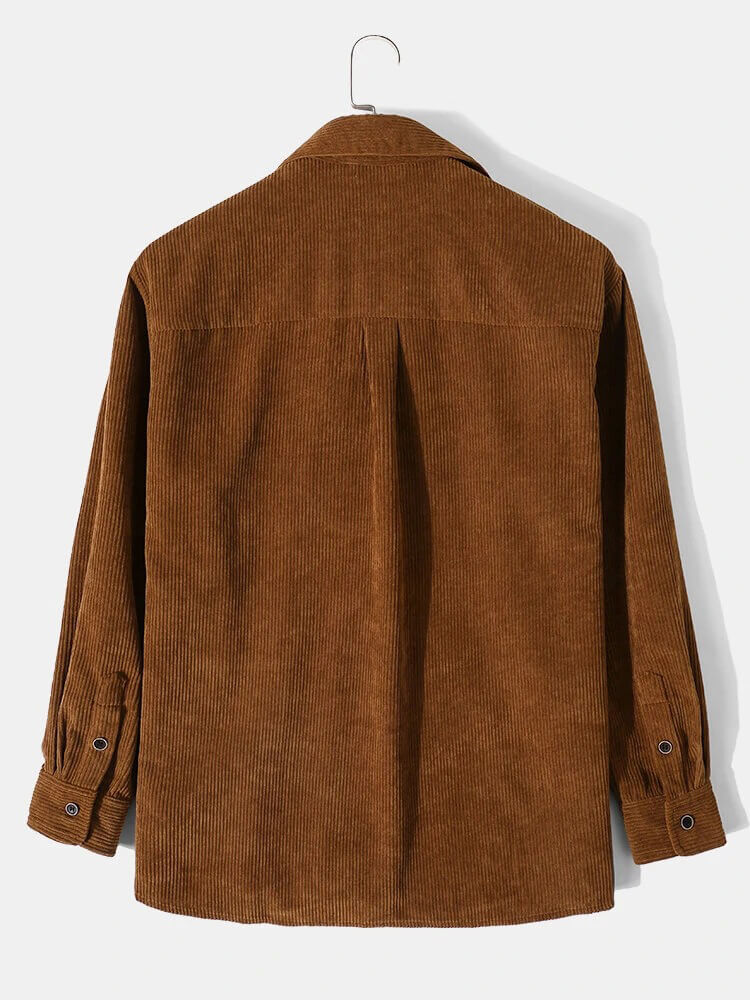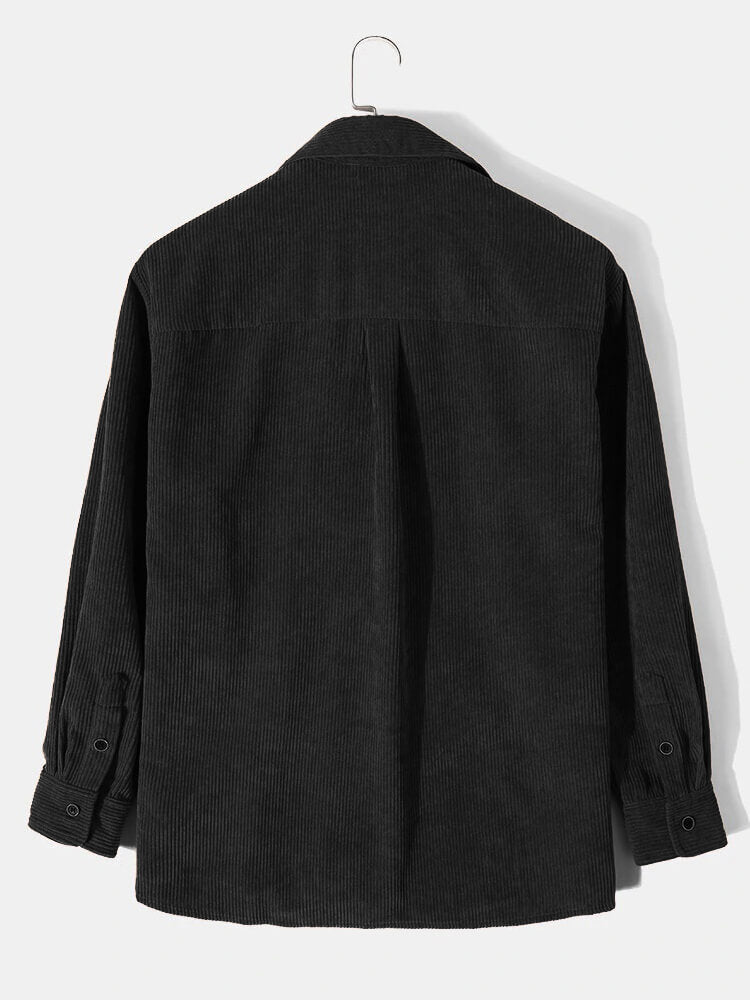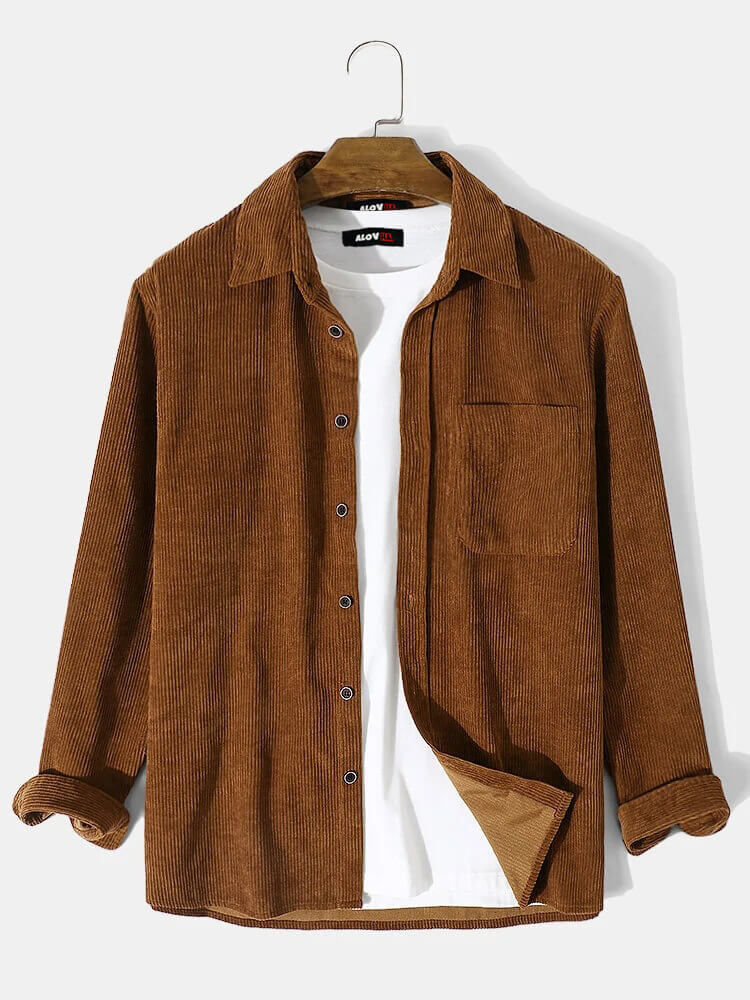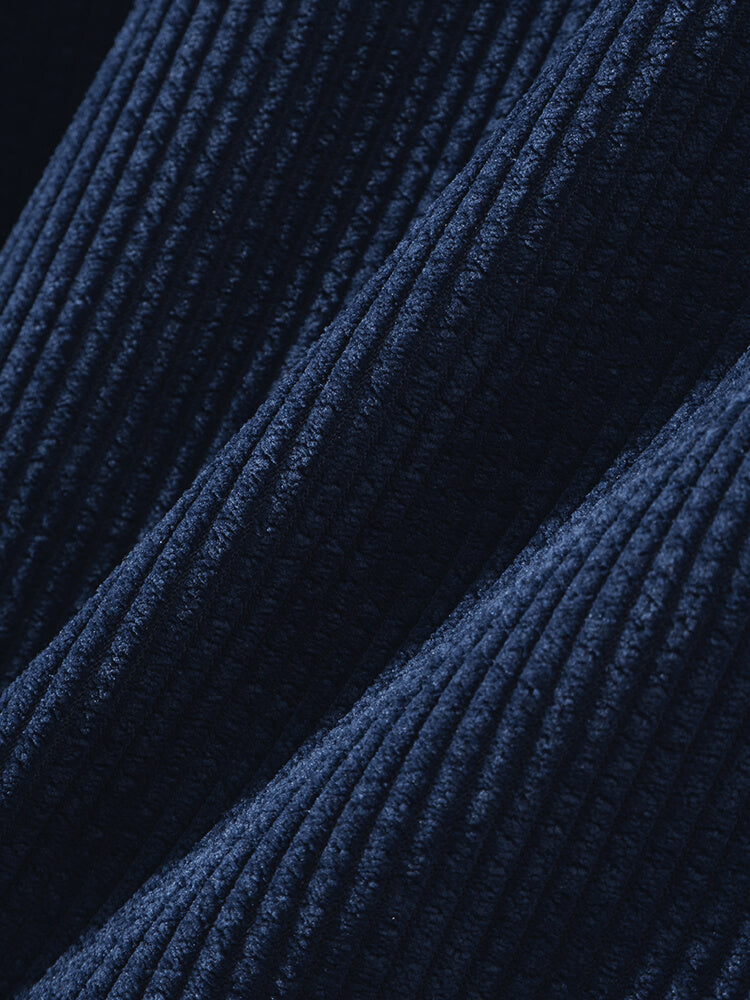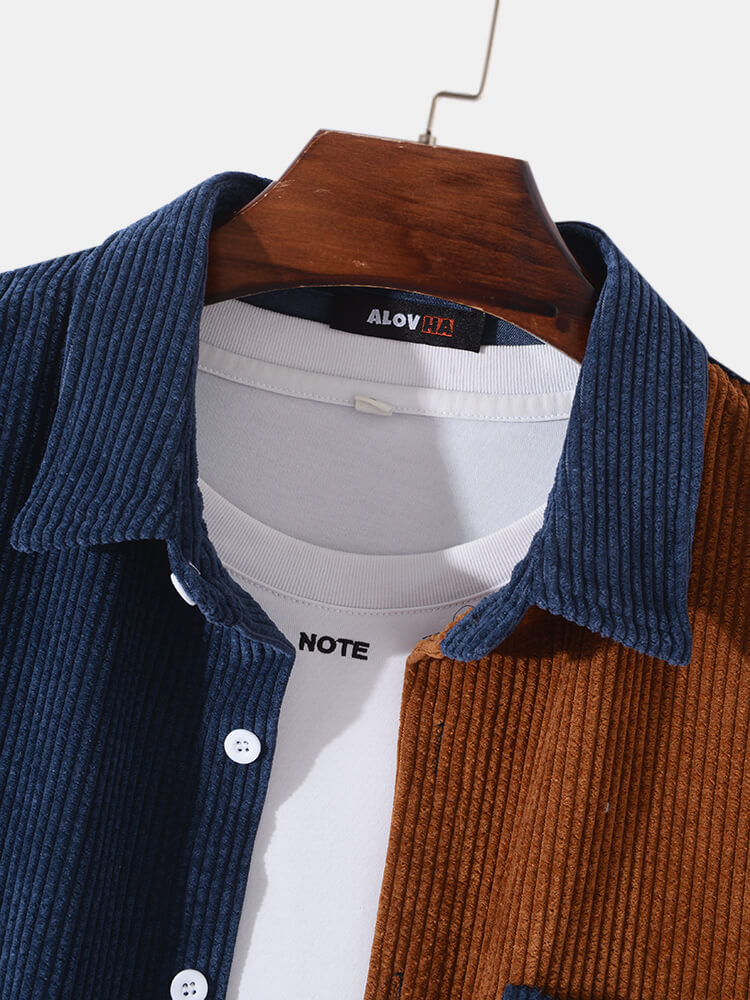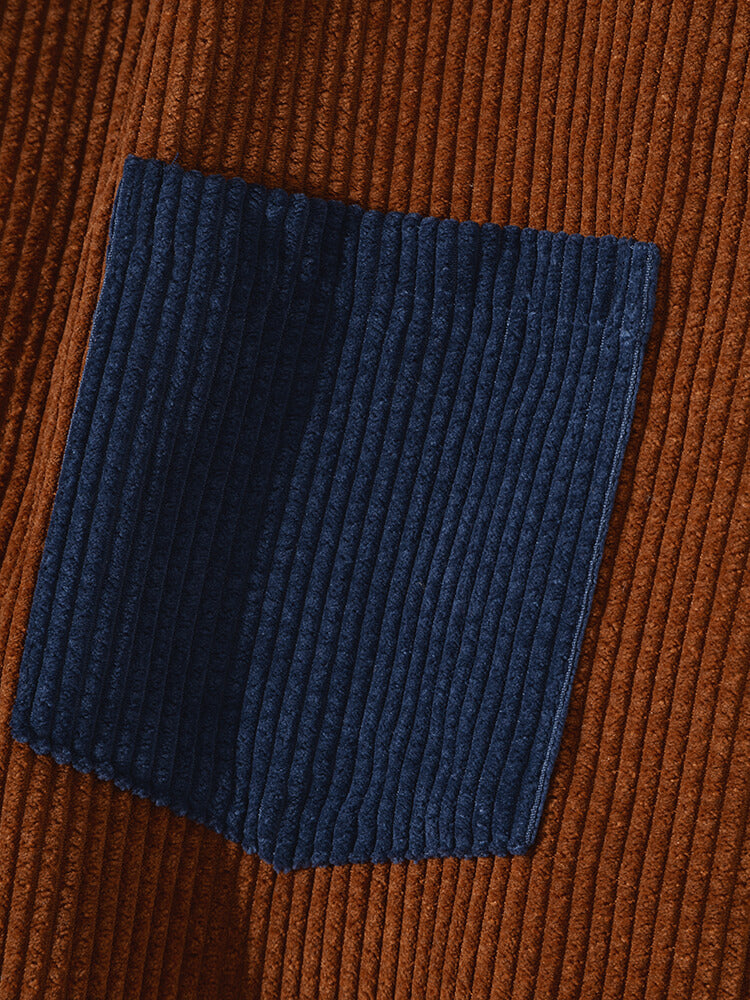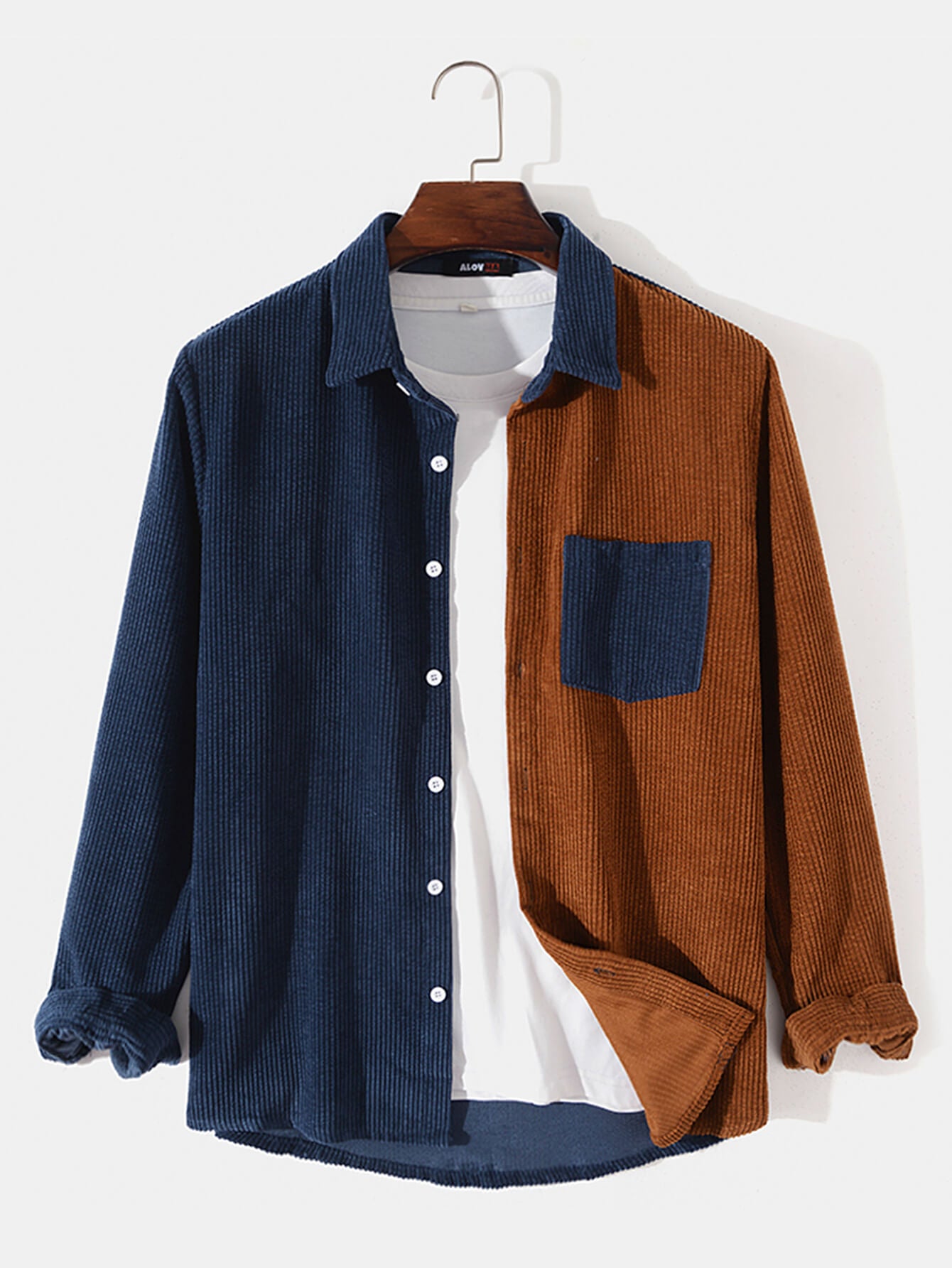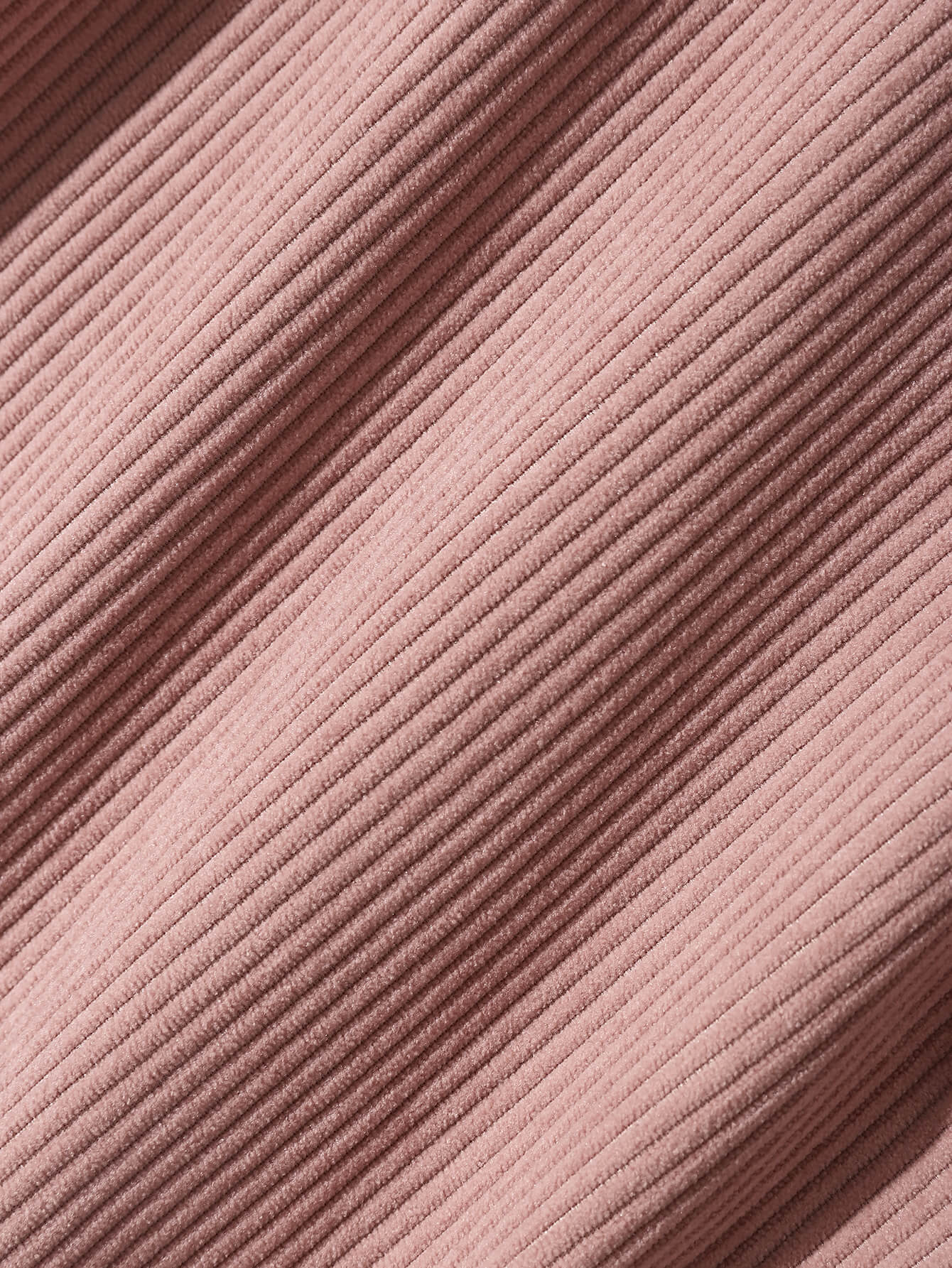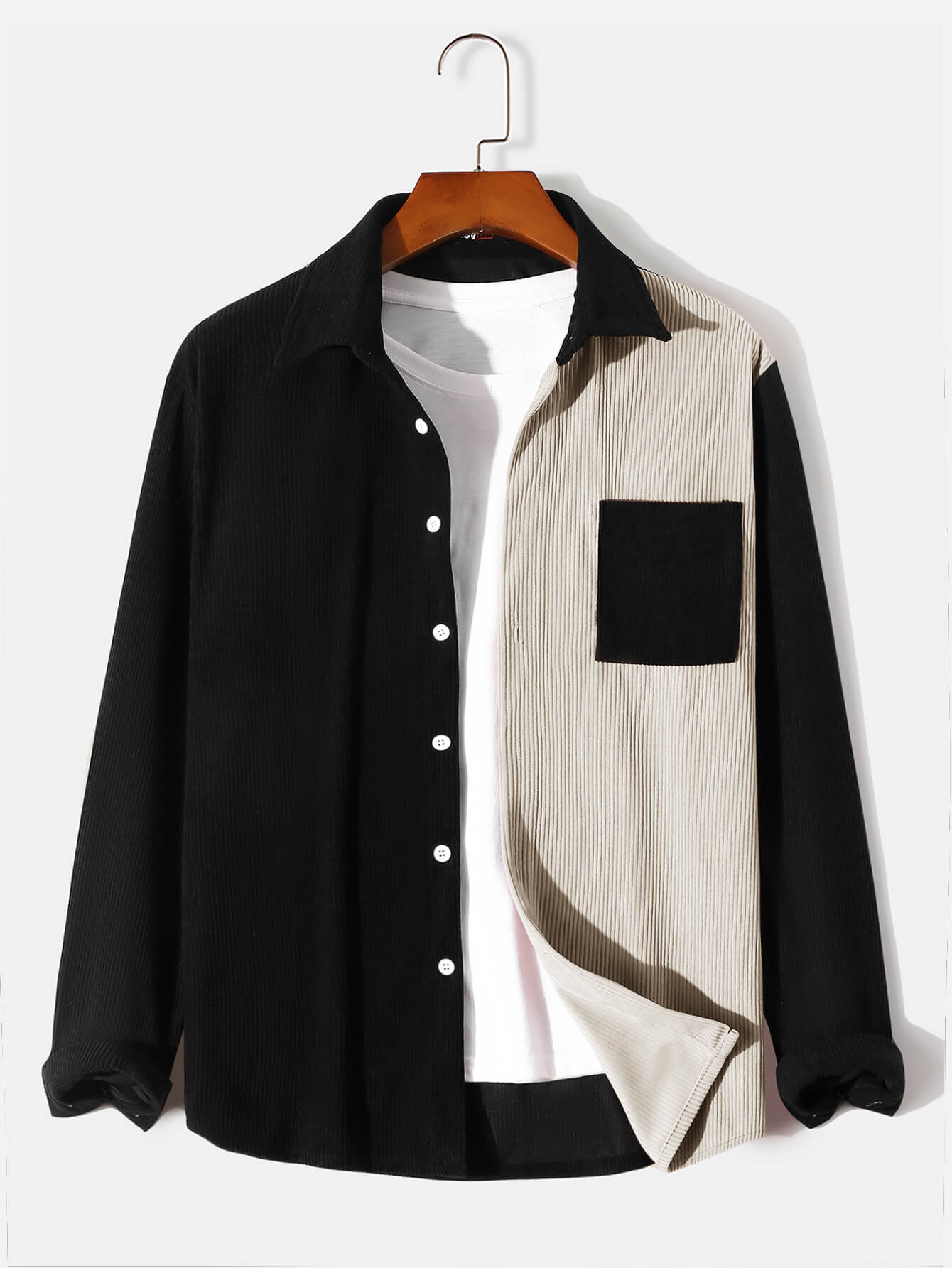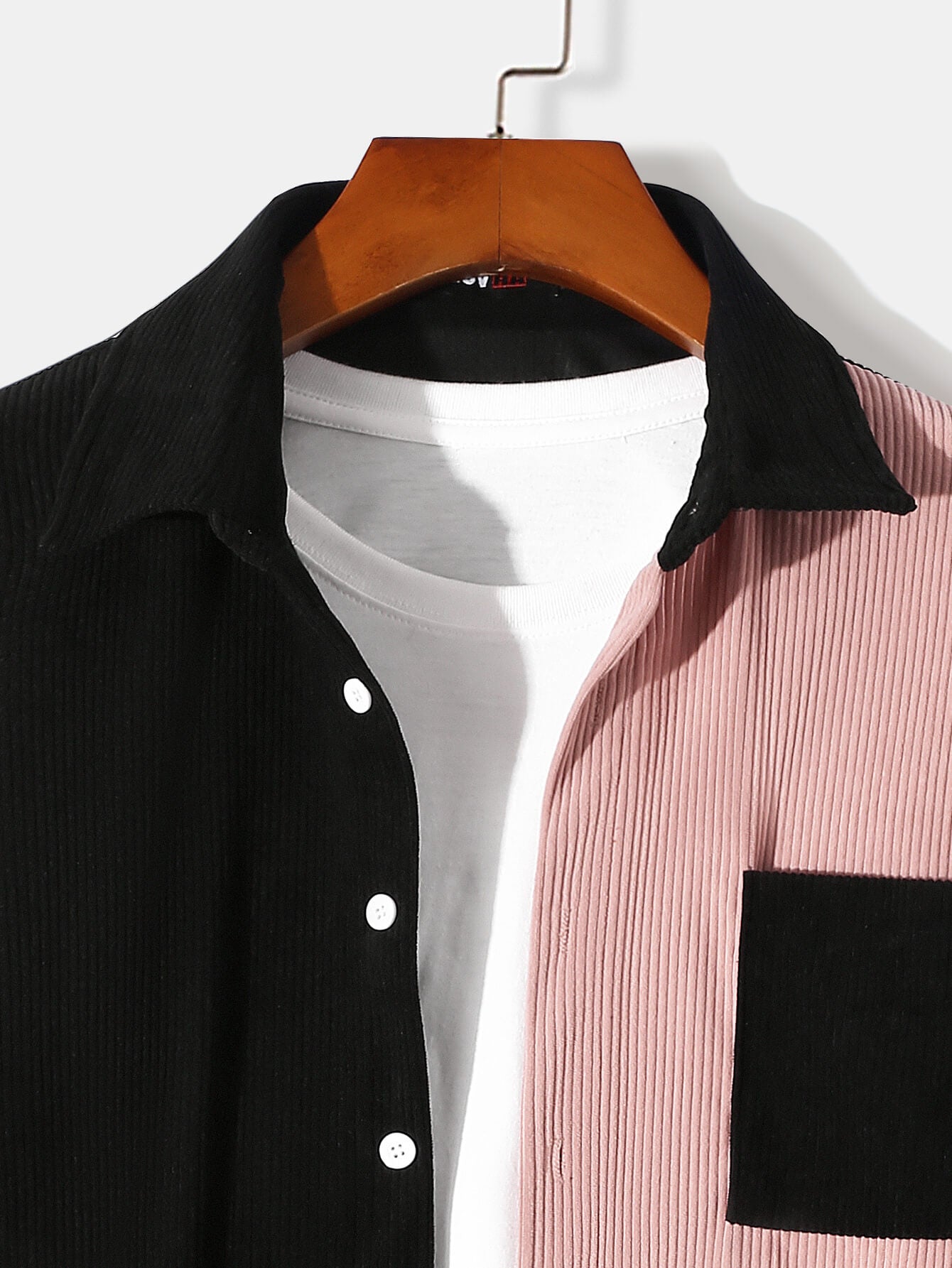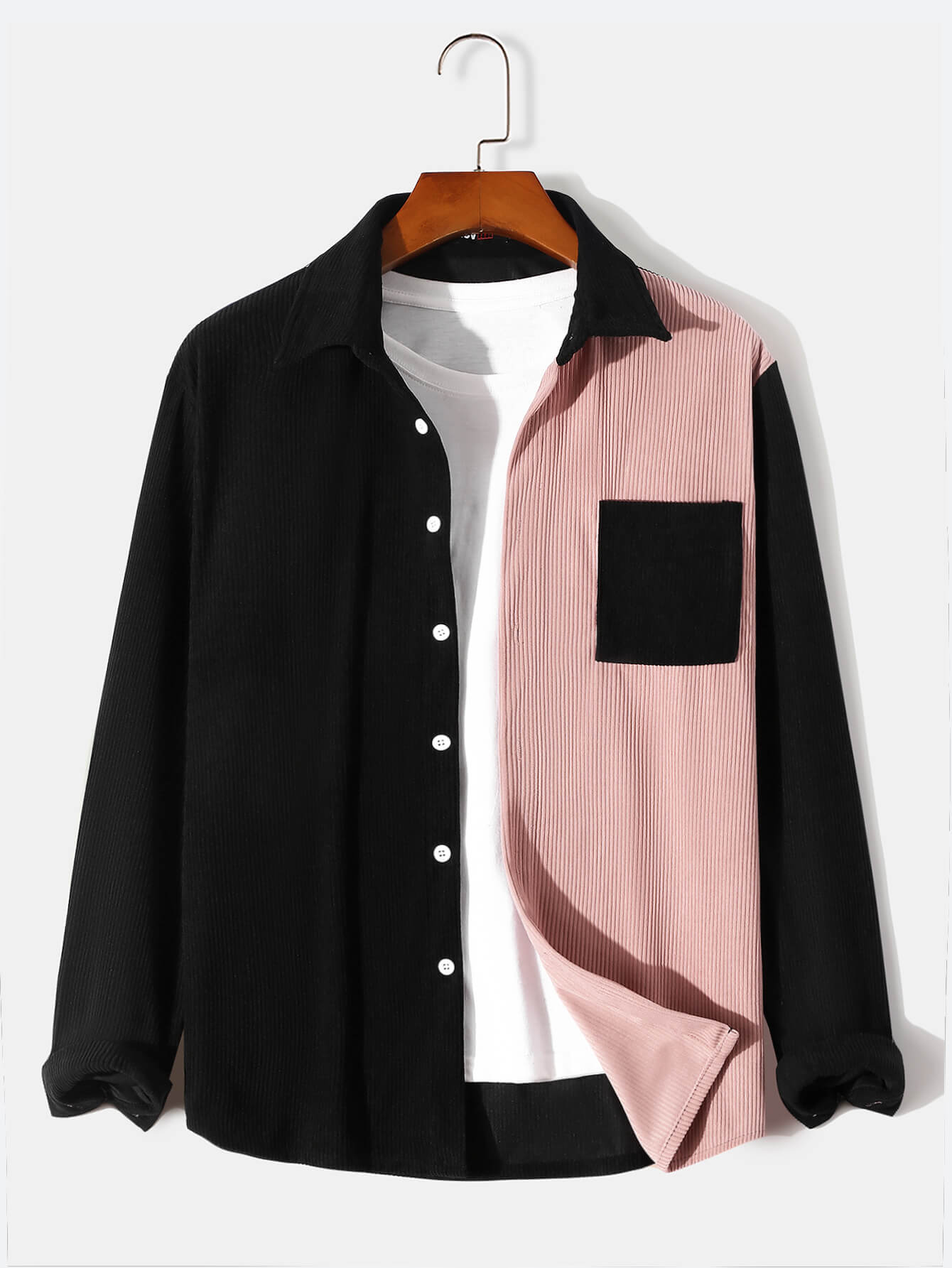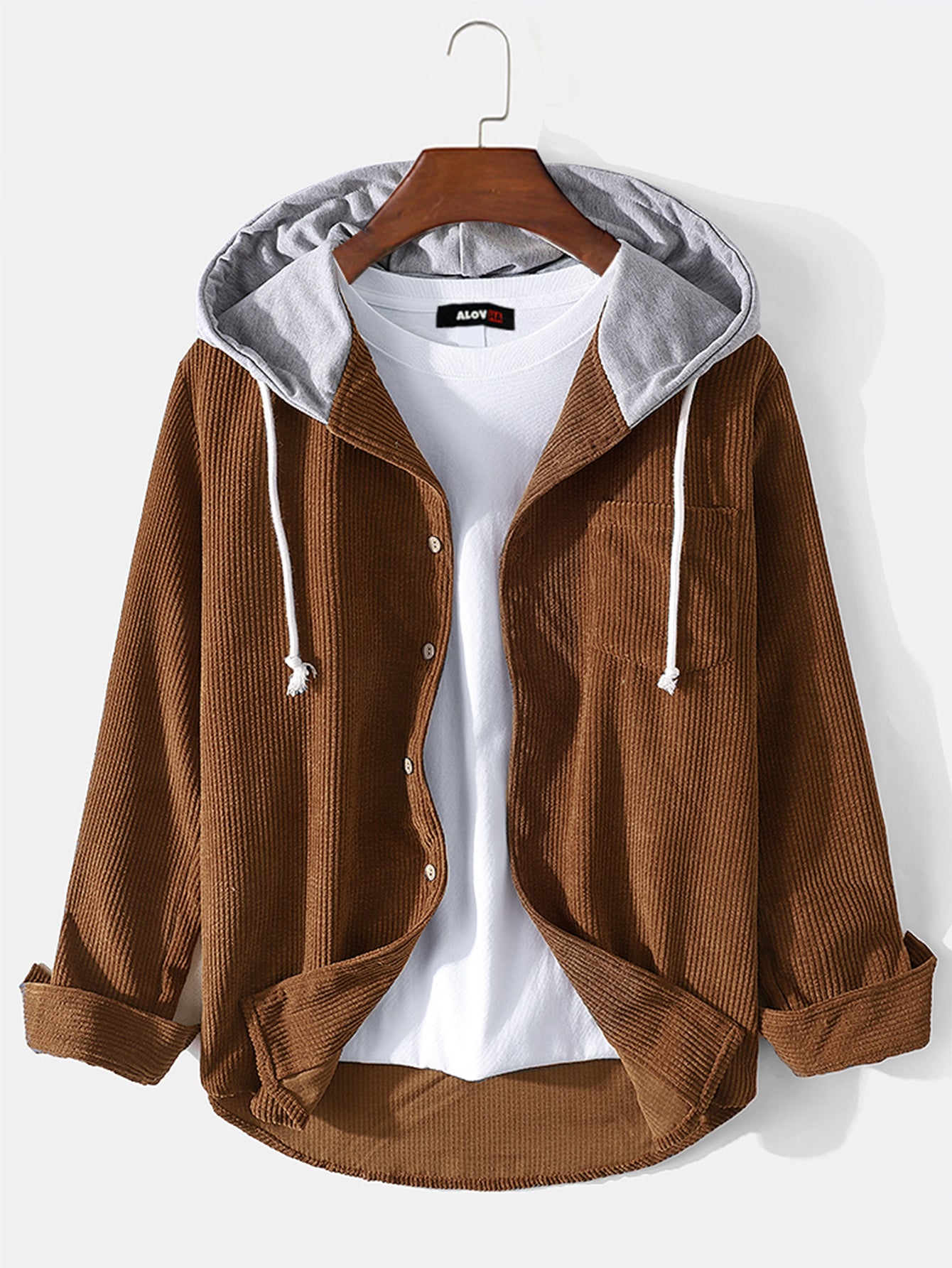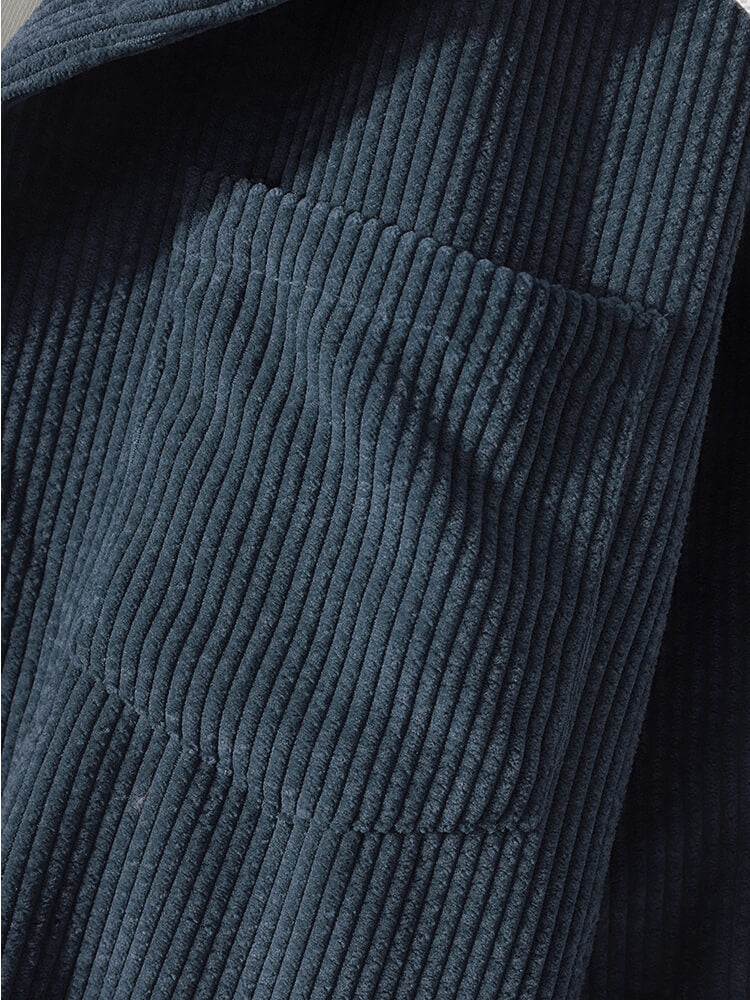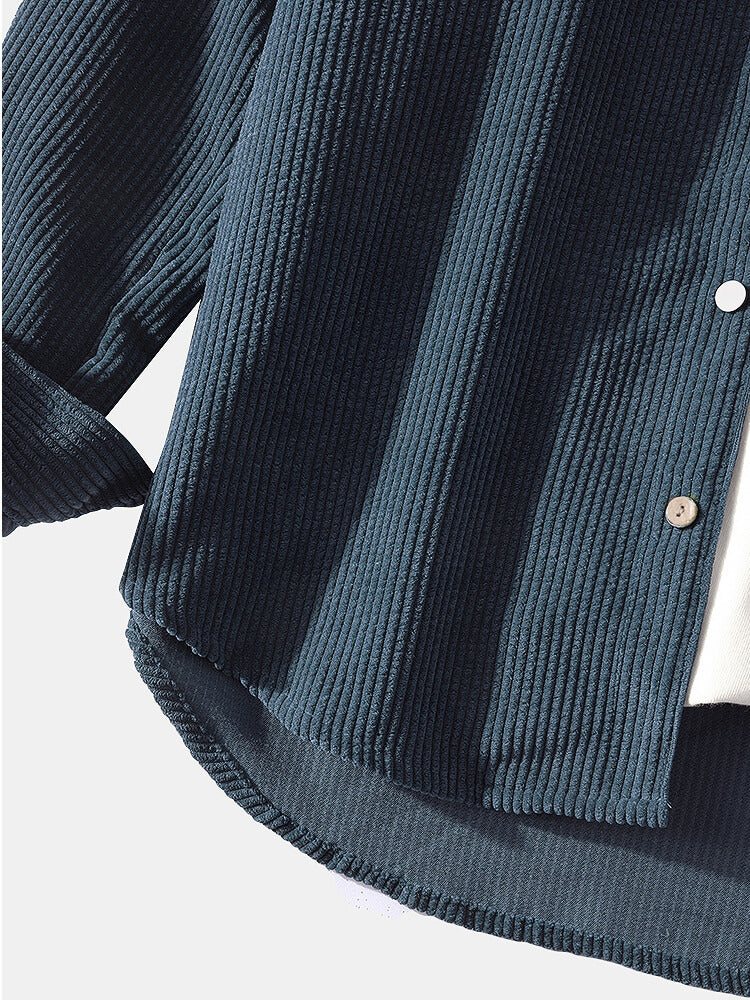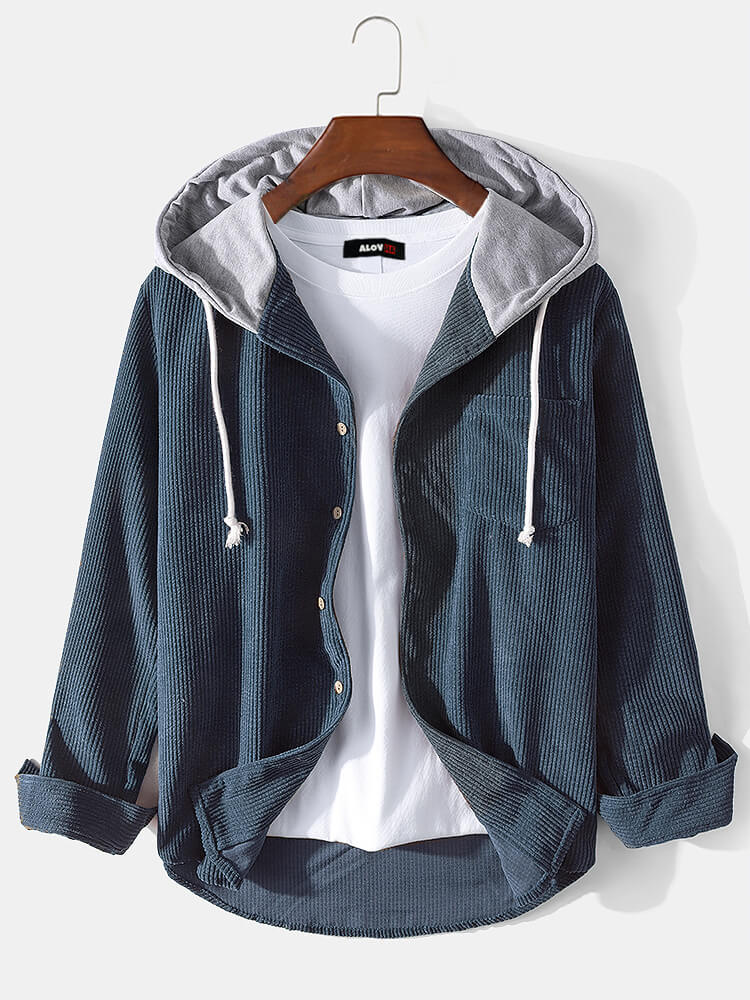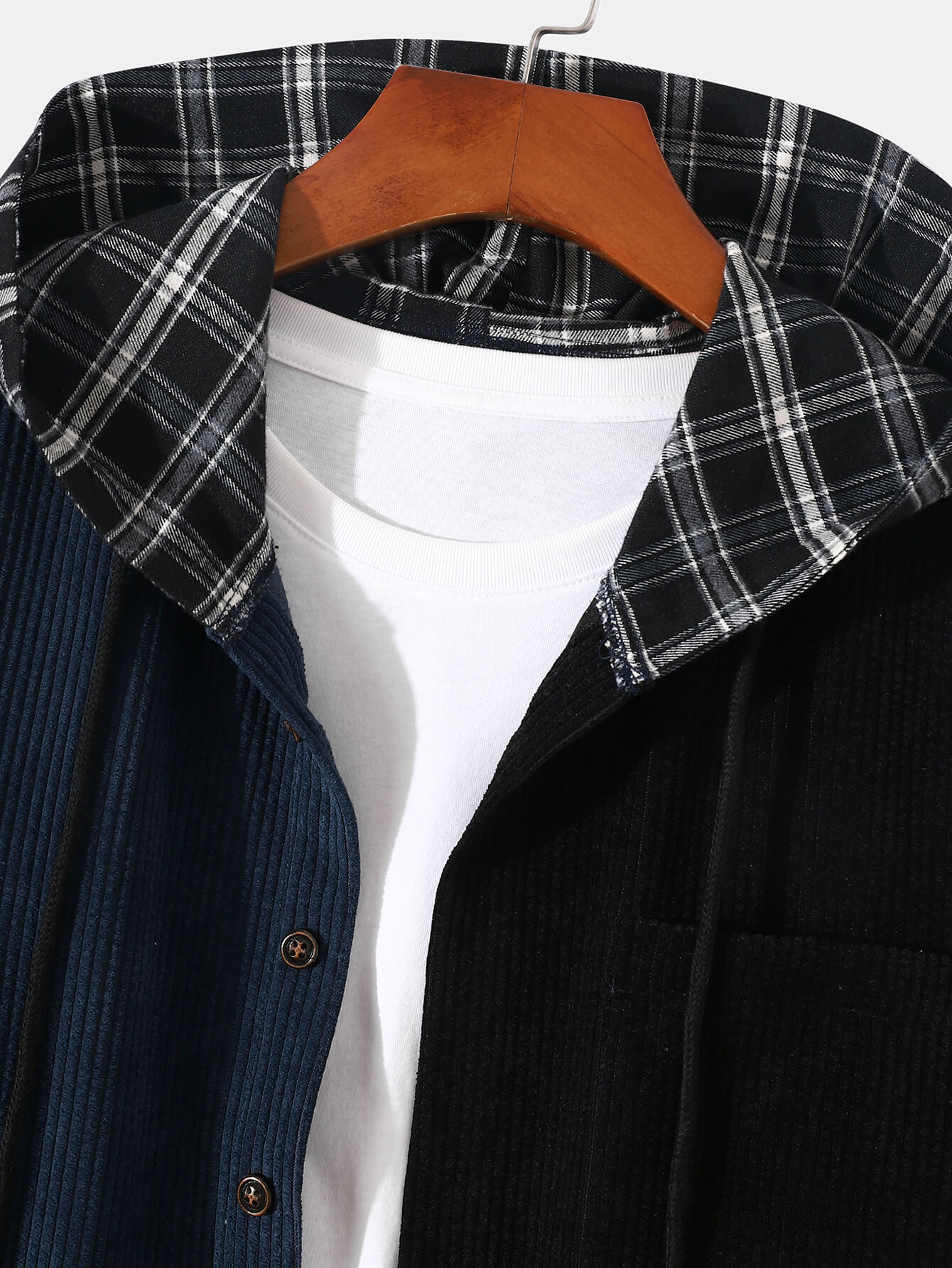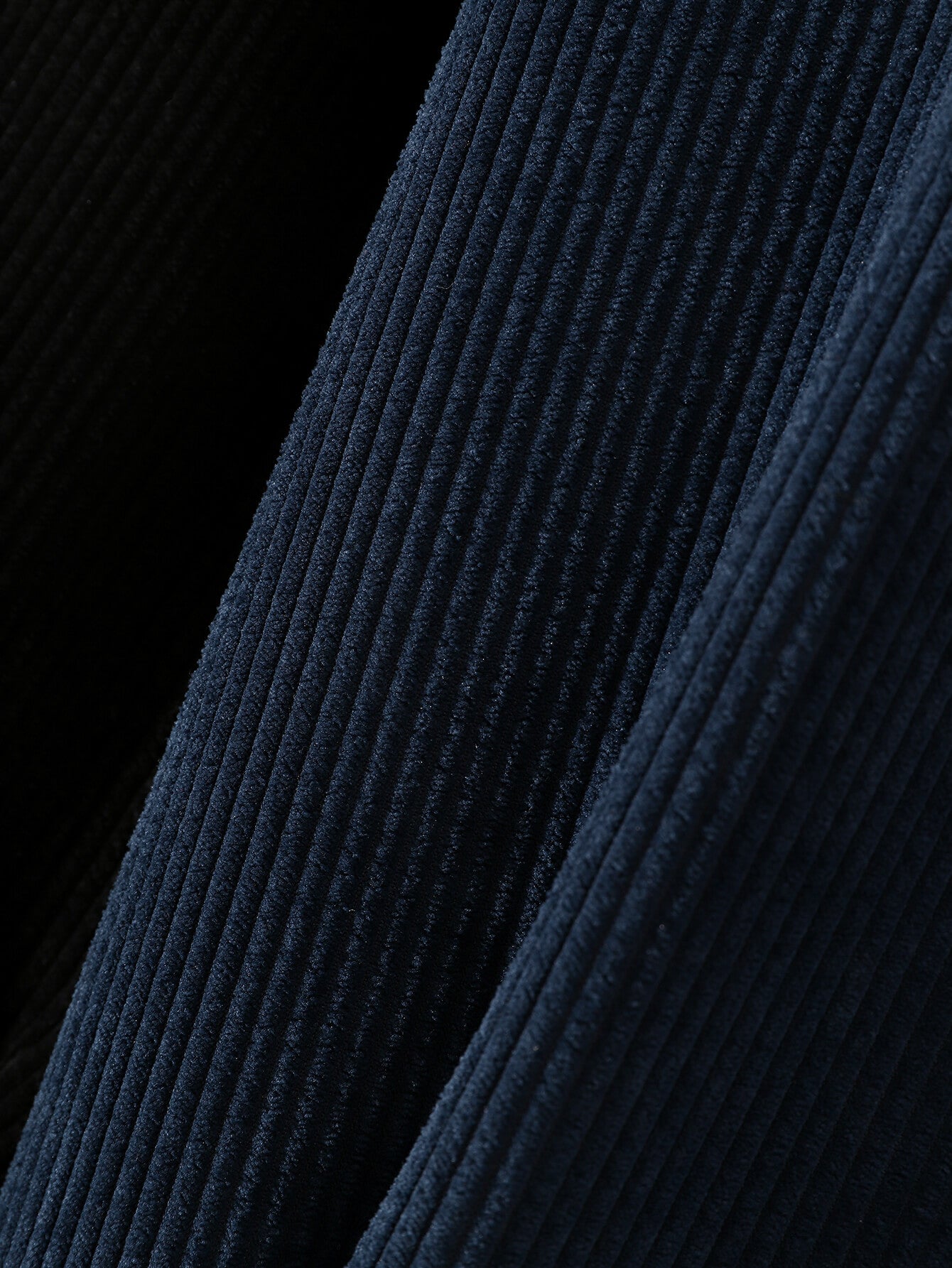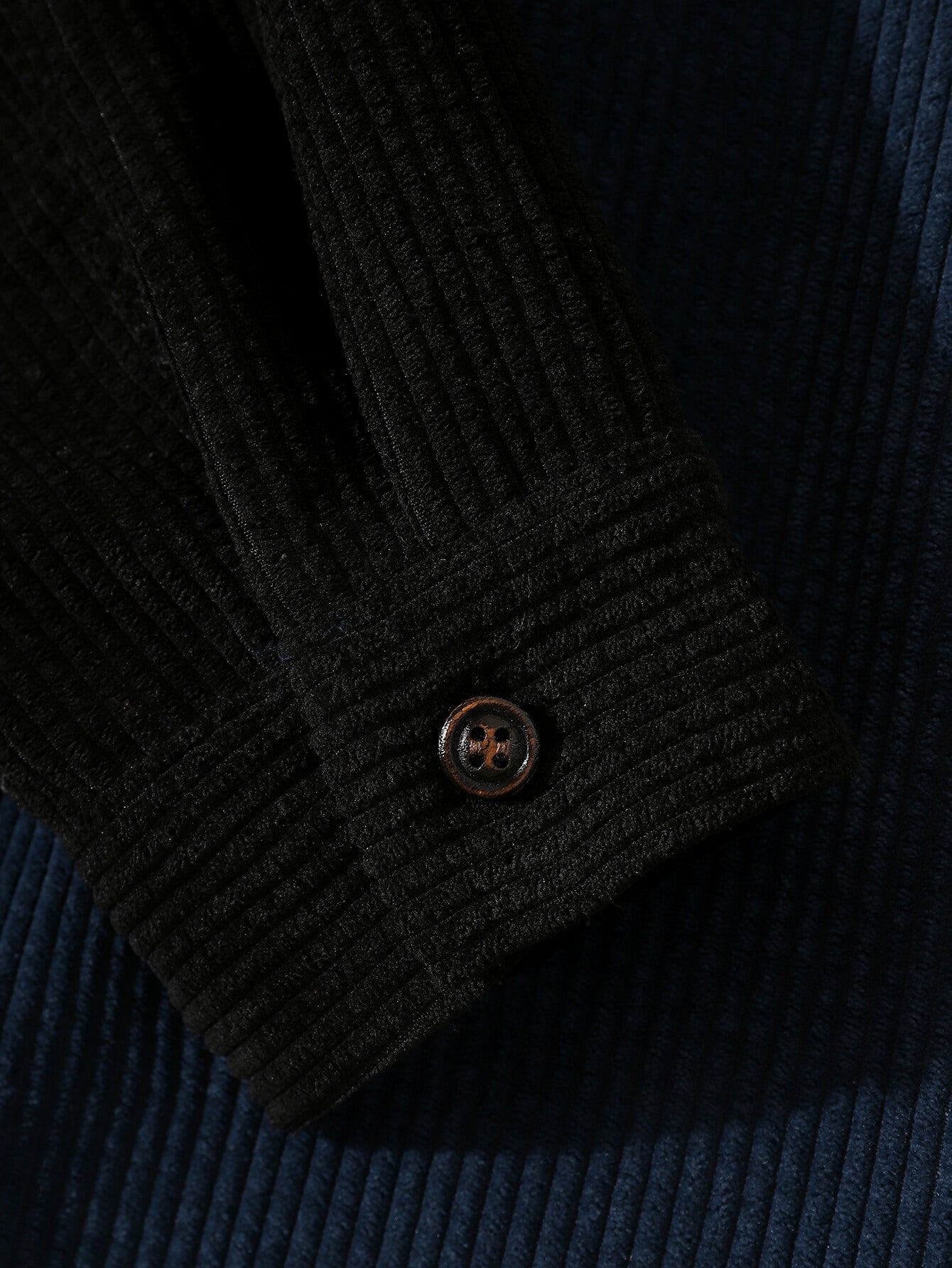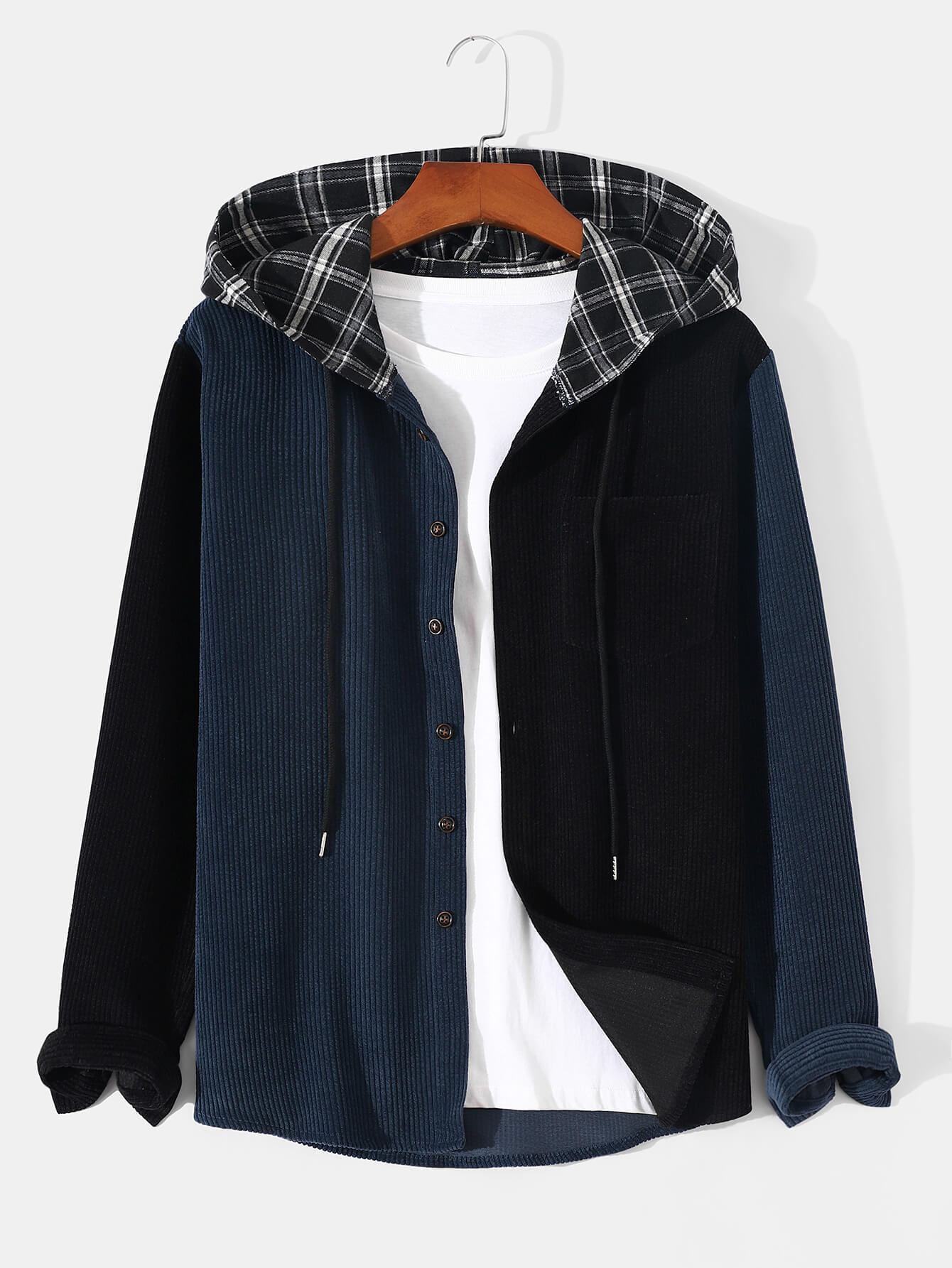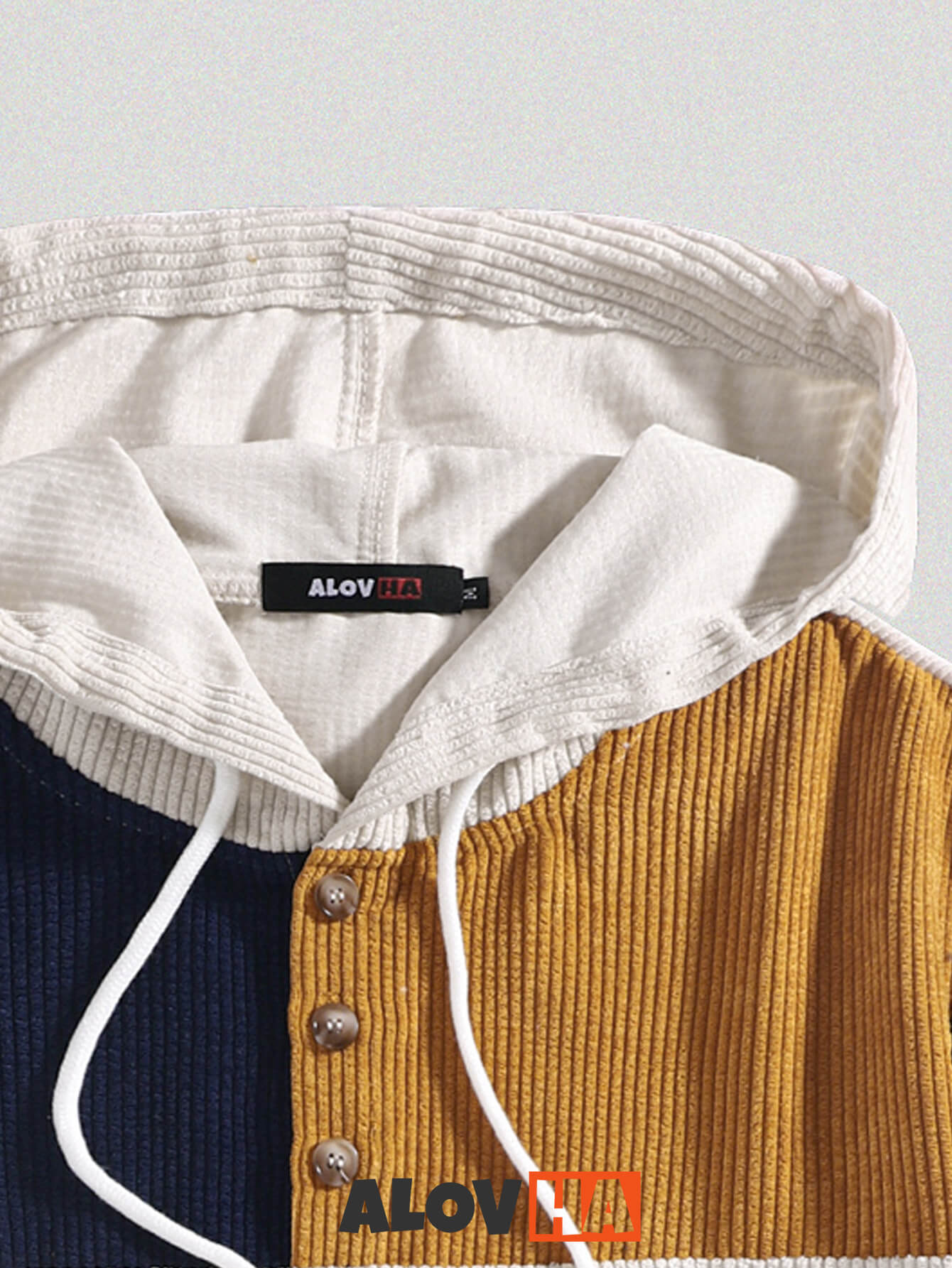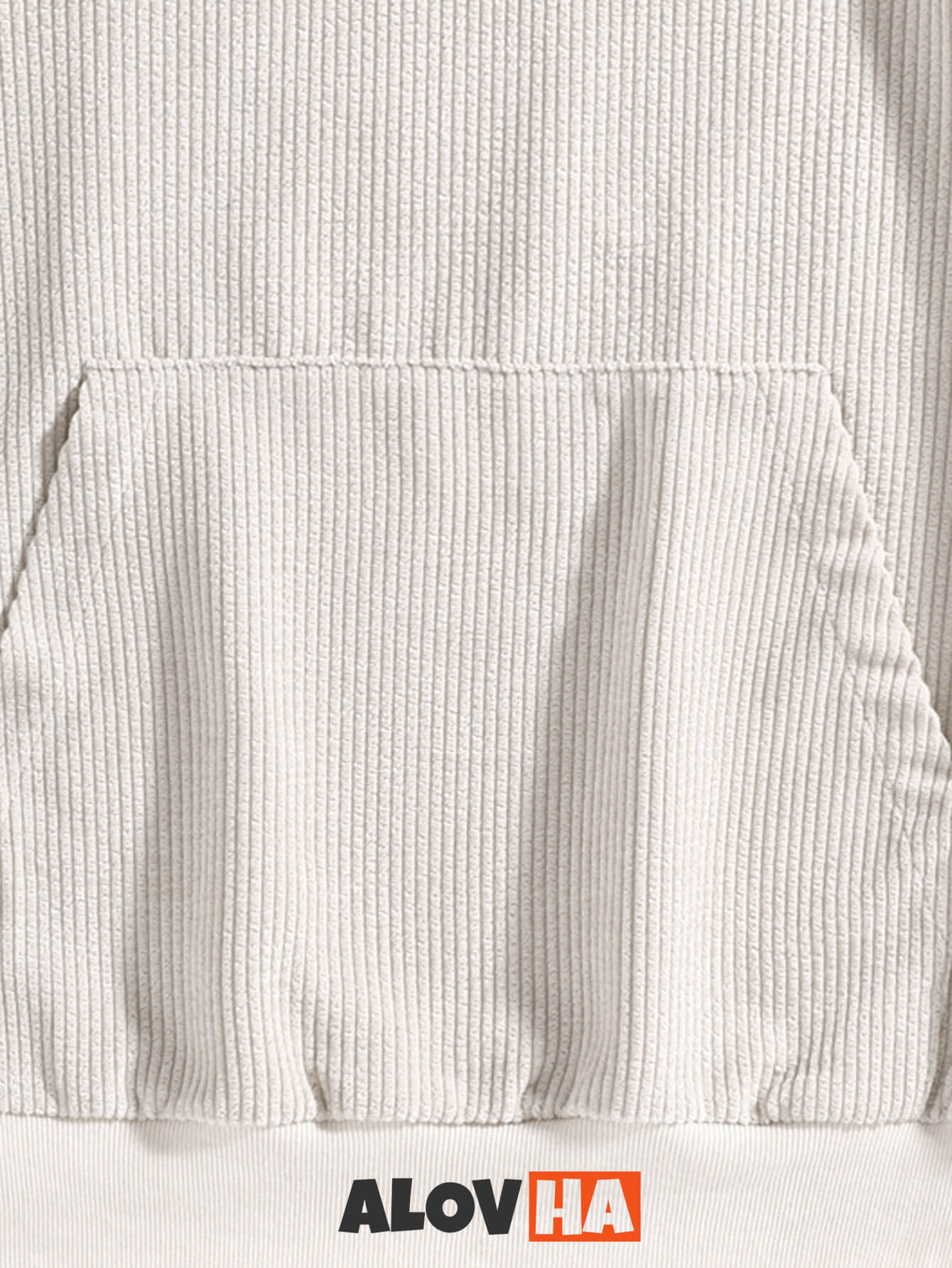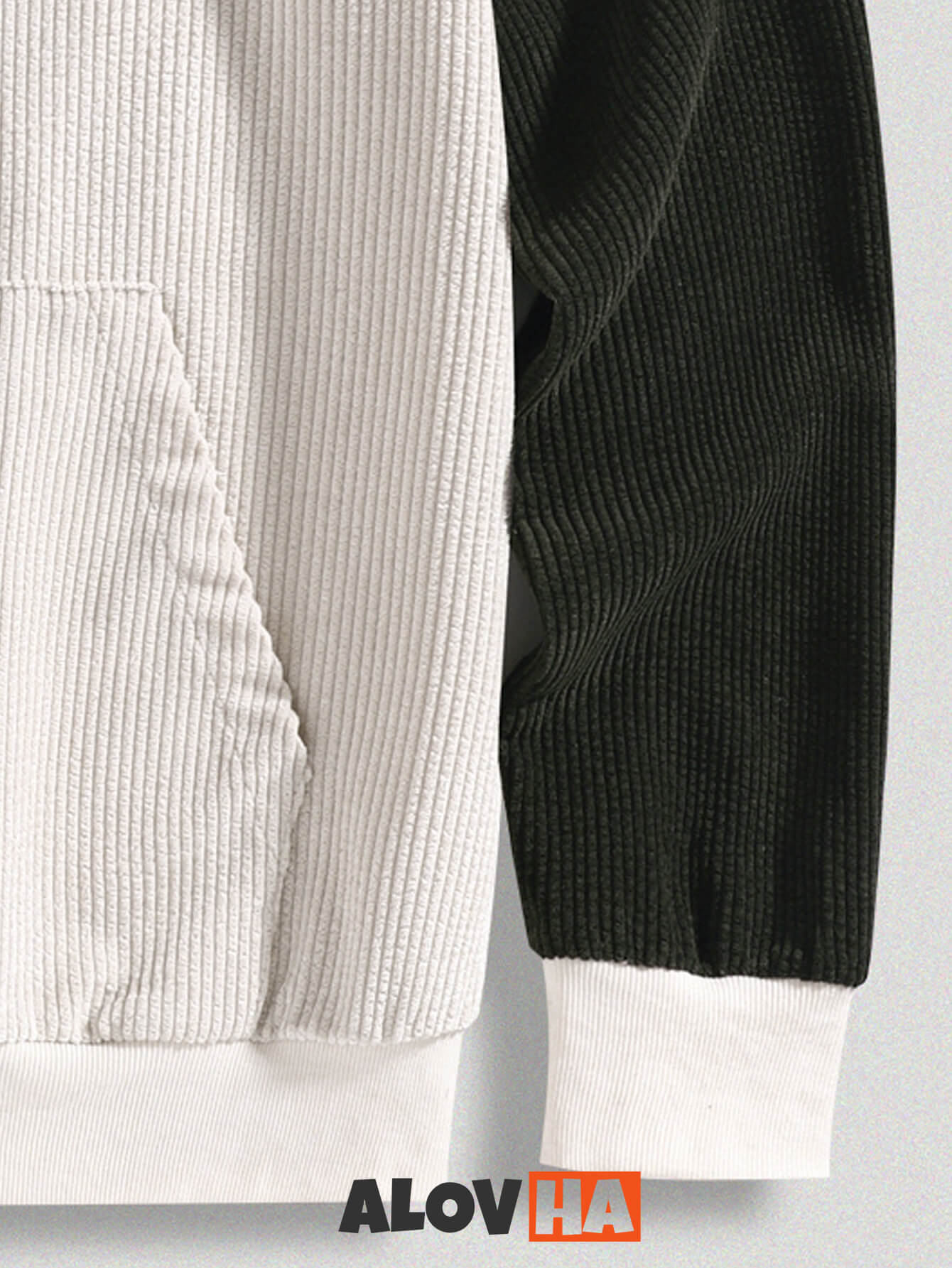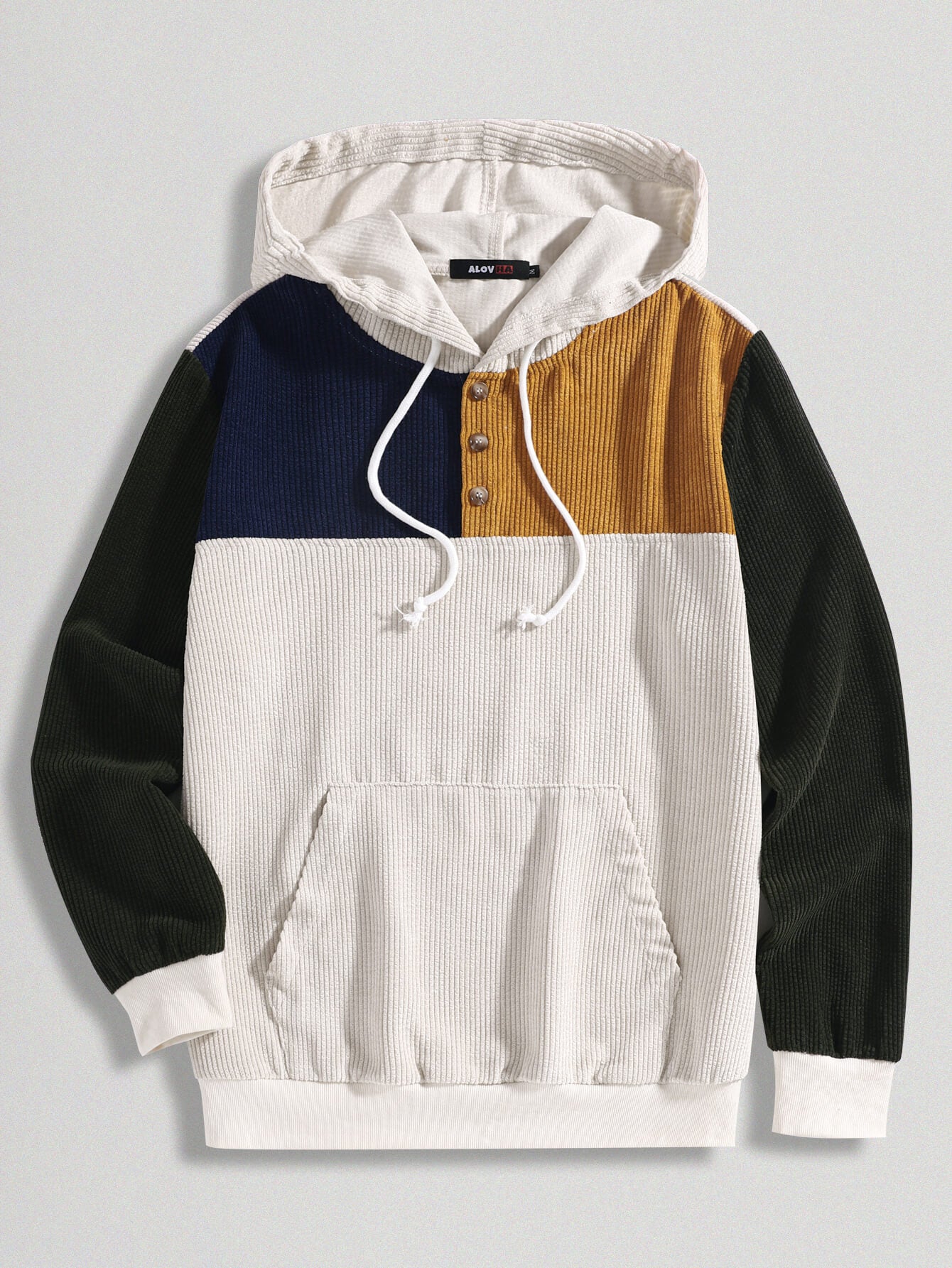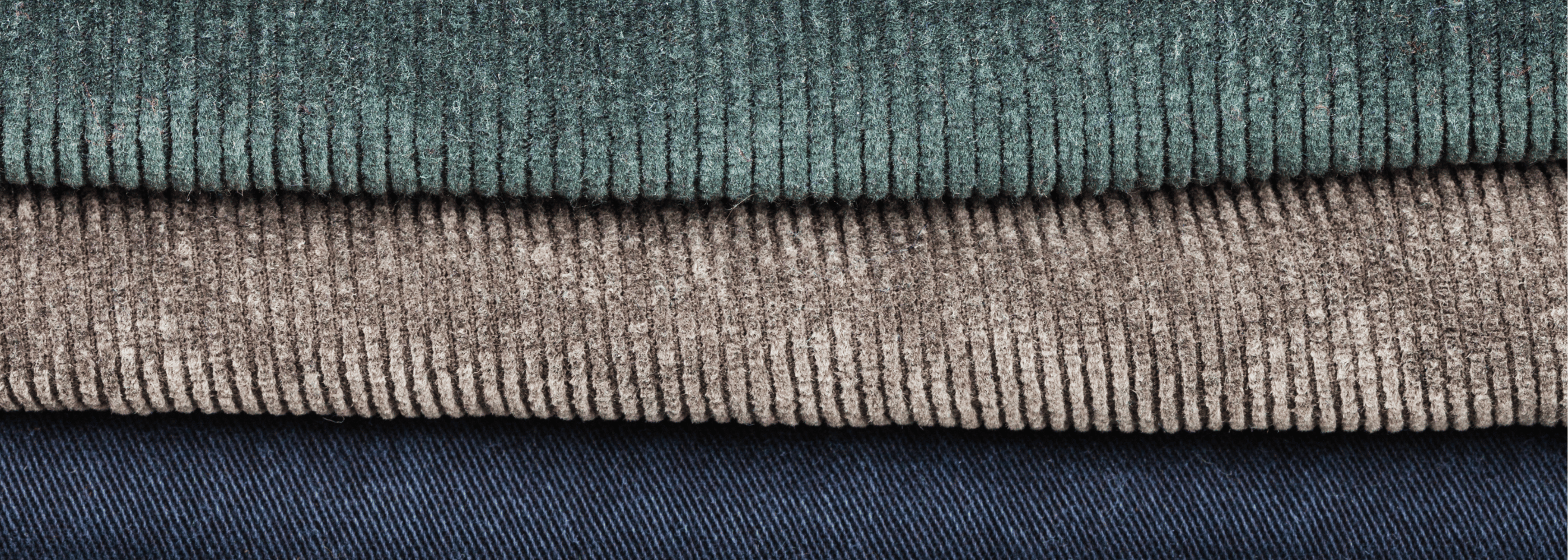
History of Corduroy Fabric
The corduroy fabric we are familiar with today was produced in Manchester during the 19th century. However, its origins can be traced back to ancient Egypt around 200 BC, where a heavy cloth called fustian was first created. Fustian, which had a raised, sheared nap, closely resembled velvet or moleskin. Over time, it gained popularity throughout Europe. Italian and Spanish merchants played a crucial role in introducing fustian to Europe, and it was often utilized in the Tudor court during the 16th century. It was commonly used to line gowns for added warmth while also providing a stylishly padded appearance.
Fustian underwent a transformation and evolved into the corduroy fabric that we are familiar with today during the 18th century. It became a popular and practical choice for creating work garments for lower-class individuals. The term "corduroy" was first documented in 1774, as mentioned in the Oxford English Dictionary. As the Victorian era approached, corduroy began to be mass-produced in factories across Europe and America, earning its reputation as the affordable alternative to velvet.
Corduroy remained highly sought-after throughout the 20th century, gaining recognition as a favored fabric for children's clothing as well as military attire during World War I across Europe. Its fame reached its zenith in the 1970s, where it became an emblem of countercultural rebellion, famously donned by influential figures such as Woody Allen, Bob Dylan, Pablo Picasso, and Wes Anderson.
How is Corduroy Fabric Made?
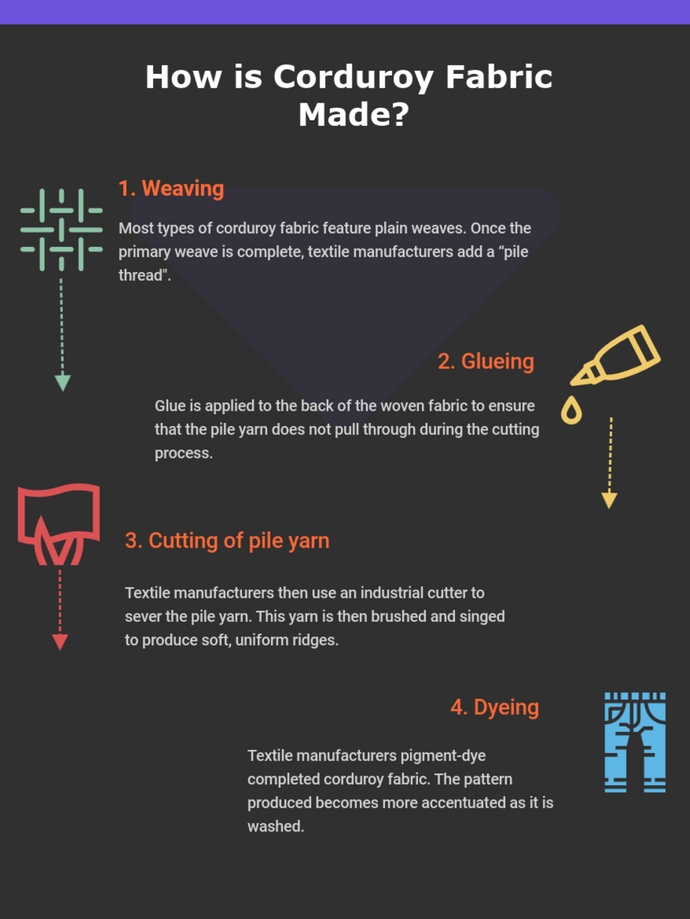
Advantages of Corduroy Fabric
Corduroy material is created by interlacing yarn in a distinctive ribbed design, with the width and depth of the ribs varying depending on the desired texture. The ribbing of corduroy can range from thin to wide, giving the fabric its unique appearance and tactile quality.
Durability: One of the exceptional characteristics of corduroy fabric lies in its durability. The fabric's tightly woven structure makes it highly resistant to wear and tear, while the ribbed texture effectively conceals stains and other imperfections.
Warmth: Corduroy fabric provides warmth and comfort, making it an ideal choice for colder climates and seasons.
Fashion: Apart from its practicality, corduroy fabric is also a fashionable option. With its wide range of available colors, patterns, and textures, corduroy can be used to create diverse looks, ranging from classic to contemporary.
